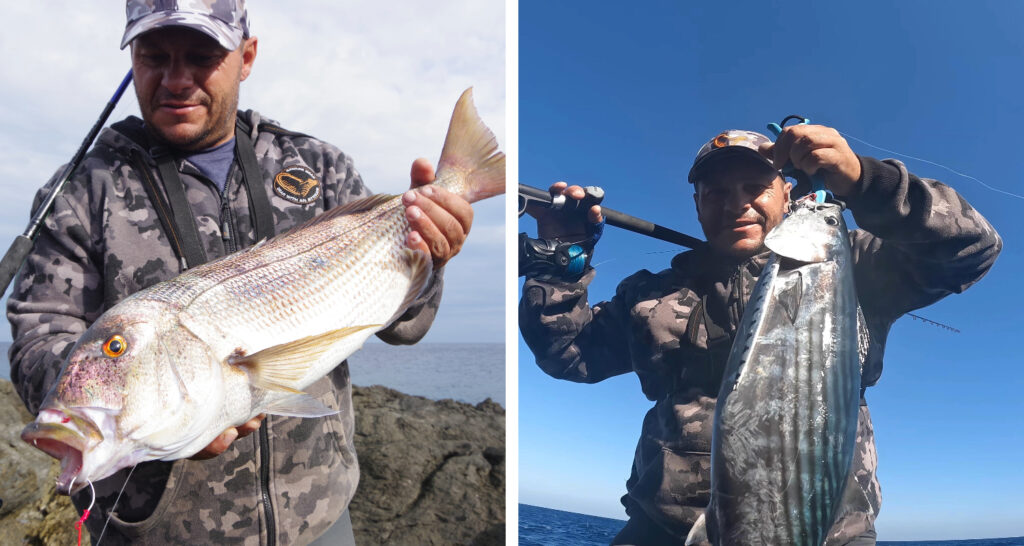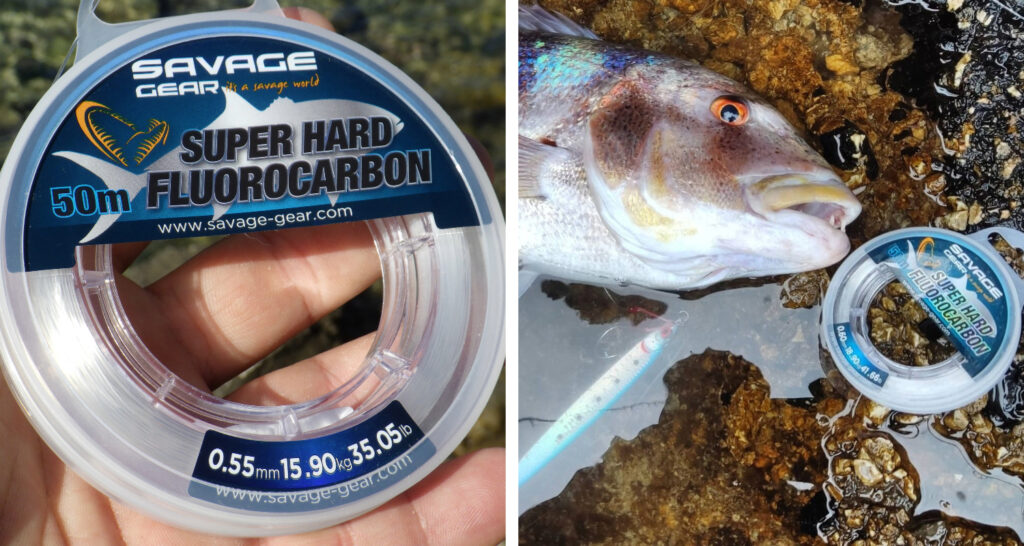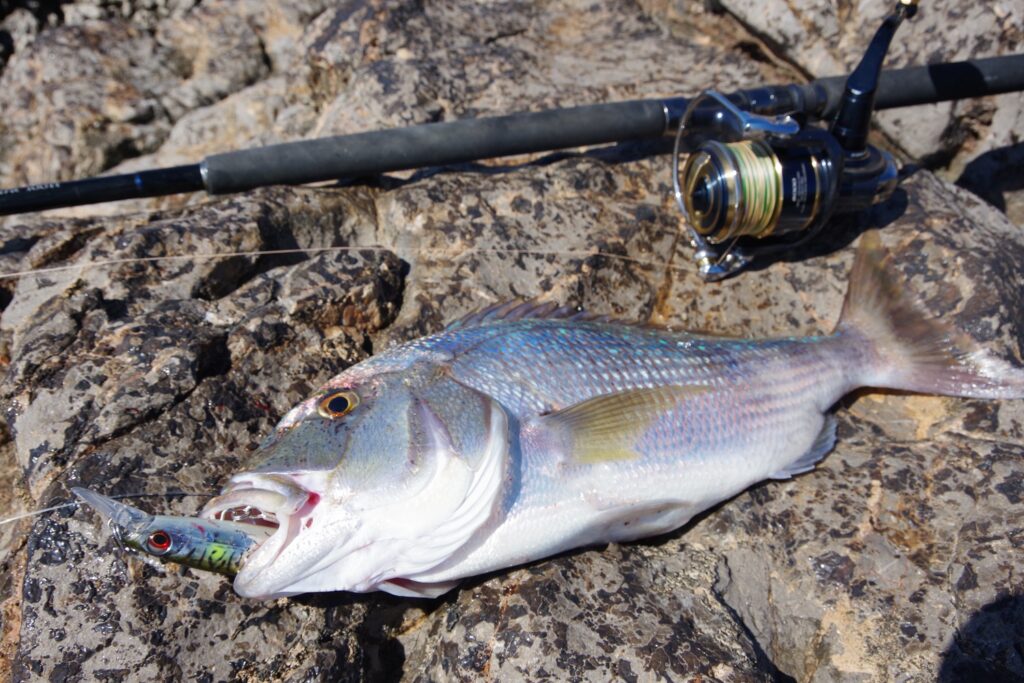The Length of the Leader in Shore Jigging: A Crucial Element for Success

Shore jigging is an exhilarating form of saltwater fishing that requires both skill and precision. This angling technique involves casting a jig, a specialized type of lure, into the open waters from the shoreline and then working it to attract predatory fish species. While many aspects come into play in the world of shore jigging, one critical factor that often goes unnoticed is the length of the leader. In this article, we’ll explore the significance of leader length in shore jigging fishing and how it can influence your success on the rocks.
Understanding Shore Jigging
Shore jigging is a technique primarily used to target predatory fish like snappers, barracudas, amberjacks, and various species of groupers. The process involves casting a weighted jig lure into the sea, allowing it to sink, and then retrieving it in a way that mimics injured or fleeing prey. This motion, combined with the visual appeal of the jig, entices predatory fish to strike. The angler’s gear and presentation are both vital for a successful shore jigging session.

Leader Length Explained
A “leader” in fishing is a length of line, usually fluorocarbon, that connects the fishing braid to the lure or jig. In shore jigging, the leader serves several important purposes. First, it helps prevent fish from seeing the main braided line, which can be thick and highly visible, as it connects to the lure. Second, it can provide some degree of abrasion resistance during the fight with a powerful fish, that runs into the rocks. Finally, it can vary in length to suit the specific conditions and target species.
The Importance of Leader Length
- Stealth and Visibility
The leader’s primary role in shore jigging is to maintain a stealthy presentation. Predatory fish are often cautious and have sharp eyesight. If they see the main braided line connected to the lure, they may become wary and less likely to strike. The leader acts as a thin, less visible connection between the main braided line and the lure. The length of the leader is crucial to ensuring that it remains hidden. In clear waters and with spookier fish, a longer leader may be necessary to maintain stealth.
- Abrasion resistance
What goes “under the radar” by most anglers is this very crucial factor. The monofilament line has a much higher abrasion resistance than the braid. Fluorocarbon leaders are usually even more abrasion resistant, and some have specifically developed to be extra hard and super abrasion resistant, to withstand serious damage from the sharp rocks. These should be the most preferred by Shore Jigging anglers.

- Versatility
Different fishing scenarios call for various leader lengths. If you’re fishing on the rocks, with a very hostile bottom, a longer leader can be advantageous, possibly ranging from 2.5 to three meters. On the other hand, when fishing on top water with poppers and walkers, a max 2 meters leader may be more appropriate. Having different leader lengths depending the fishing style, lure and species, allows you to adapt to changing conditions and fish behavior.
- Shock Absorption
A leader also provides some shock absorption during the fight, particularly when reeling in a powerful fish. If the fish makes sudden runs or powerful head shakes, a leader can help absorb some of the pressure, reducing the risk of line breakage. The length of the leader can influence the effectiveness of this shock-absorbing function. Even very hard fluorocarbon leaders may have as little as 9% stretch, which means 9cm for every meter and in the case of a 3 meter leader, 27cm, which is more than enough to provide some shock absorption qualities.
My preferred length leader for shore jigging
What I do is to use as a leader length, the same length of the rod. So for a 3 meter rod, I use a 3 meter length leader. Like this, when I am ready to cast, the knot of my braid to leader is in the middle of the rod, usually near the spigot, and I have enough length on the drop for an exploding cast. Of course I use thin and powerful knots, so I won’t have any issues during casting.

Conclusion
In the thrilling world of shore jigging fishing, the leader’s length is an often-overlooked but crucial element for success. It plays a significant role in maintaining stealth, abrasion resistance, adapting to different conditions, and providing shock absorption during the fight with powerful fish. Understanding when and how to vary the leader length can make a significant difference in your catch rate. Whether you’re a novice angler or an experienced pro, paying attention to the leader’s length can be the key to a more successful day on the rocks. So, next time you gear up for a shore jigging adventure, remember that the leader is not just a piece of line – it’s an essential part of your fishing strategy.





